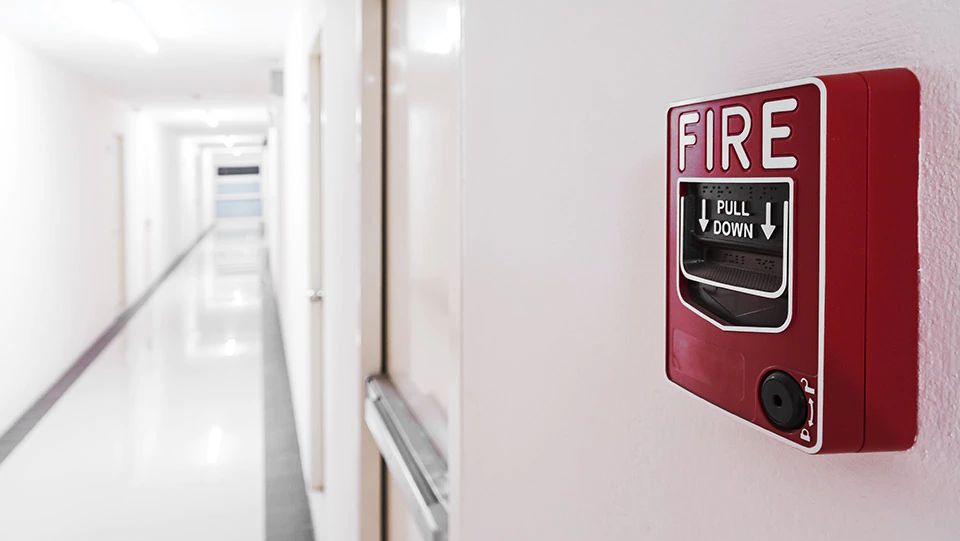Tips for Creating a Safety Management Program


There are good reasons to take safety seriously. In 2012, there were, on average, 89 workplace fatalities a week.1 An estimated $1 billion is paid by employers in direct workers compensation costs every week.2
A safe work environment does not happen by accident. Management must be fully engaged in creating, planning, implementing, communicating and making sure safety programs work and are designed to fit the business. Most importantly, employees have to understand their role in making their workplace safer.
Eight key components of a safety management program
Your safety management program should incorporate the following 8 key components:
Demonstrate management involvement
Management must lead by example. A visible demonstration that you embrace a safety culture is imperative to its success. Provide the essential time, budget and resources to create and support a safety program.
Communicate your safety plan clearly
Your safety plan must be published and available to all employees. Reminders and updates should be timely and effective. Allow employees to contribute their suggestions to making the workplace safer.
Get everyone involved
A safety program is likely to be more effective when employees at all levels are involved. Standardized policies should outline responsibilities and accountability for all employees. Safety goals can become part of job descriptions and employee reviews. Safety committees can help ensure that safety practices are understood and reinforced throughout the company. Positive reinforcement of safe behaviors can be an effective way to help build the desired culture.
Train your employees to work safely
Safety training should begin from the moment an employee is hired. Ongoing training is also essential to creating a safety culture.
Review, revise, improve
A safety program should be dynamic, especially since most business environments continue to evolve. An effective safety program should be flexible enough to adjust to changes. Regularly review, evaluate and identify risks that could affect safety, and make the changes necessary to keep your workplace safe.
Create safety standards
Each department should set safety standards through a Job Safety Analysis (JSA) to make sure every task is done correctly and safely. Recognize good safety performance, and cite and correct unsafe practices.
Investigate every incident and accident thoroughly
Properly trained staff with experience in investigation, analysis and evidence collection should conduct an accident analysis as soon as possible after an incident. Report the claim within 24 hours to help ensure prompt response and injury management.
Manage every injury
Even with the best safety program, an employee injury can still occur. Planning helps you to react immediately when an employee is injured on the job. Learn about five strategies that can help you put employees on the road back to productivity.
While initiating a comprehensive program can seem like a major hurdle to safety, we can help businesses like yours take the necessary steps to begin creating a safety culture.



